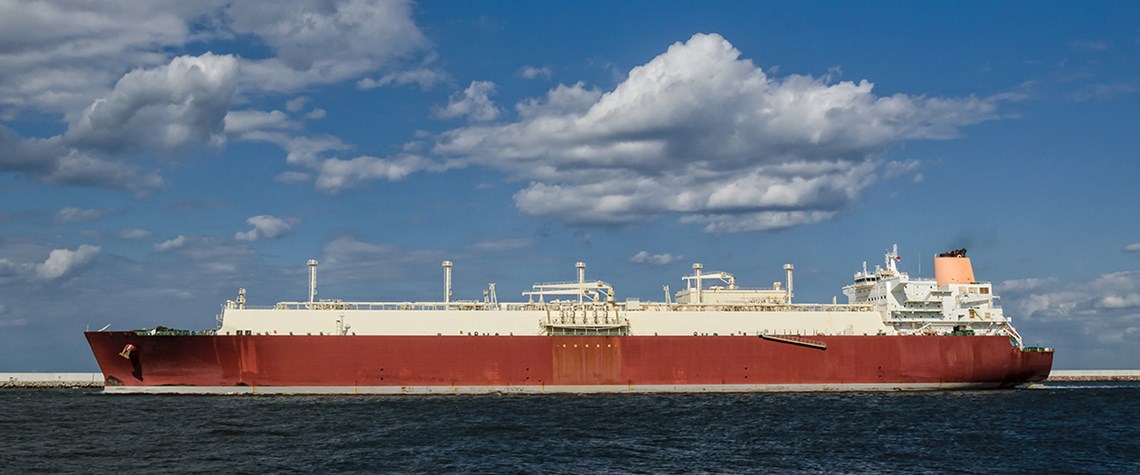Room for Qatar?
Qatar's plan to increase LNG-export capacity should not trouble Australia's position in key Asian markets
Qatar's recent announcement that it plans to expand its liquefied natural gas export capacity from 77m tonnes a year to 100m is hardly a surprise. Qatar has the world's third-largest proved gas reserves, estimated by BP to be nearly 900 trillion cubic feet. If there is a surprise it is that the moratorium on further development of its North Field has been in place for so long-more than a decade during which other countries with more limited reserves, notably Australia and the US, have been aggressively developing new projects. Still, the world of LNG is full of surprises. Russia has larger gas reserves than Qatar but while it is a major gas supplier to Western Europe, it is a minor player in

Also in this section
5 December 2025
Mistaken assumptions around an oil bull run that never happened are a warning over the talk of a supply glut
4 December 2025
Time is running out for Lukoil and Rosneft to divest international assets that will be mostly rendered useless to them when the US sanctions deadline arrives in mid-December
3 December 2025
Aramco’s pursuit of $30b in US gas partnerships marks a strategic pivot. The US gains capital and certainty; Saudi Arabia gains access, flexibility and a new export future
2 December 2025
The interplay between OPEC+, China and the US will define oil markets throughout 2026







